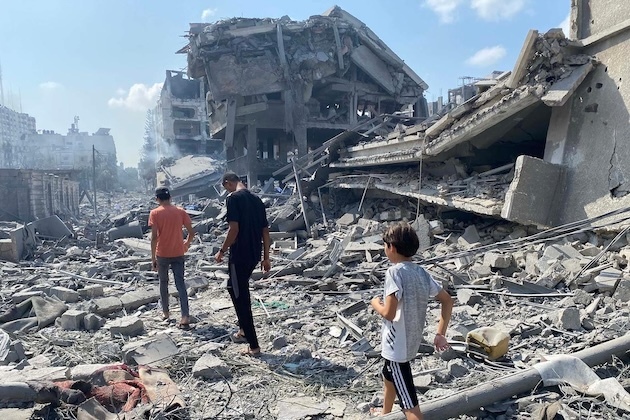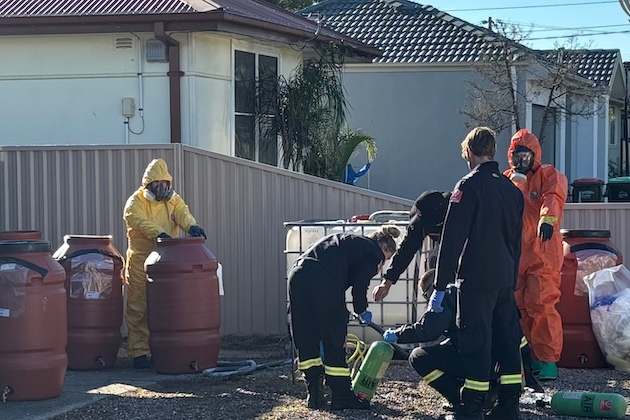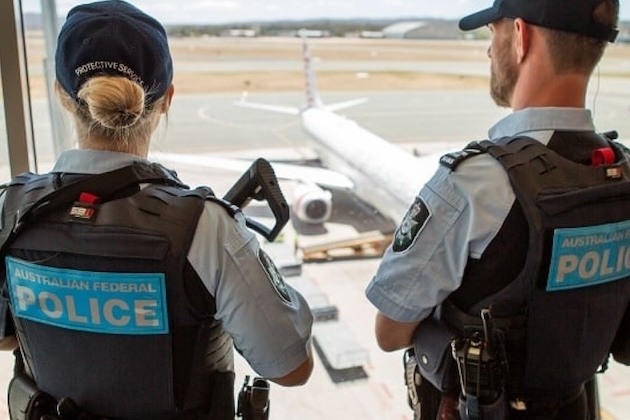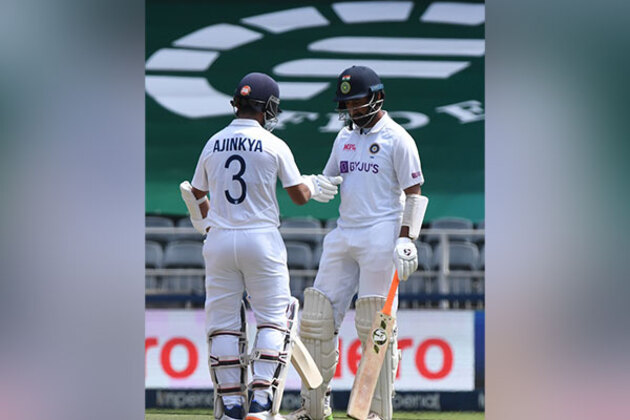2LT International News
India confirms killing of 3 Pakistanis linked to Pahalgam massacre
Aug 2, 2025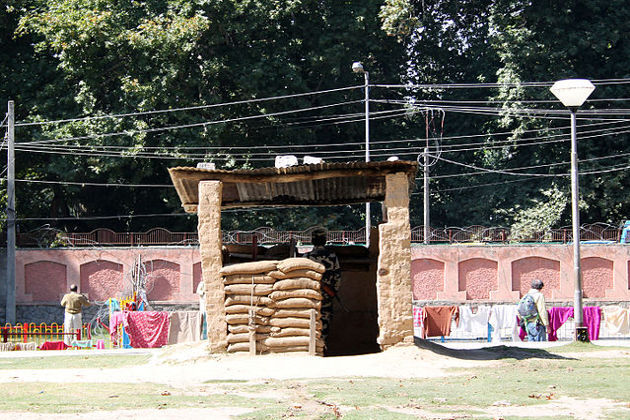
NEW DELHI, India: Three suspected militants killed in a July 28 gunbattle near Srinagar were behind the deadly Pahalgam attack that left 26 civilians dead earlier this year, India’s Home Minister Amit Shah announced in Parliament on July 29. All three men—identified as Pakistani nationals and top operatives of the Lashkar-e-Taiba group—were killed in a joint operation involving the Indian Army, Central Reserve Police Force (CRPF), and Jammu and Kashmir Police.
Speaking in the Lok Sabha during a debate on Operation Sindoor, Shah said the militants—Suleiman, Afghani, and Gibran—were responsible for the brutal assault in Baisaran Valley near Pahalgam, which claimed the lives of predominantly Hindu tourists. Suleiman, a senior Lashkar commander, was singled out for his key role in the attack. The operation that led to their deaths was codenamed “Operation Mahadev.”
“I want to assure the House and the nation: the killers of our citizens have been neutralized,” Shah said, congratulating the security forces for their successful mission. He added that the three were “A-listed” terrorists, and that intelligence agencies had been tracking them since May.
According to Shah, India’s Intelligence Bureau first received human intelligence on May 22, indicating the presence of militants in Dachigam, near Srinagar. Surveillance intensified, and by July 22, their location was confirmed. A carefully coordinated operation was launched, culminating in the July 28 encounter in which the trio was killed.
To confirm their involvement in the Pahalgam massacre, Shah said investigators relied on a combination of eyewitness identification and forensic evidence. Individuals previously arrested for sheltering the terrorists were brought in to identify the bodies. Additionally, weapons recovered from the scene, including one M9 rifle and two AK-47s, were flown to the Central Forensic Science Laboratory in Chandigarh.
Ballistics tests matched bullet casings from the Pahalgam attack site with rounds fired from the seized rifles. “There is no ambiguity. Six forensic scientists verified this during a video conference. The weapons used in Pahalgam and those recovered are a 100 percent match,” Shah told Parliament, holding up the ballistic report.
The Pahalgam massacre in April had pushed India and Pakistan to the brink of war, triggering retaliatory strikes along the Line of Control. Over four days of intense fighting that began in early May, dozens were killed on both sides before a ceasefire was brokered on May 10. It was the most serious military escalation between the nuclear-armed neighbors in decades.
While India has consistently blamed Pakistan for sponsoring cross-border terrorism, Islamabad has denied involvement and demanded a neutral investigation. Following Shah’s announcement, Pakistan’s state-run radio countered with allegations that India had staged the gunbattle and executed Pakistani prisoners in “fake encounters”—an accusation New Delhi has firmly rejected as propaganda.
The massacre, more than three months ago, killed 26 people, mostly Hindu tourists. India blamed the attack on Pakistan, which denied responsibility, while calling for a neutral investigation. It led to tit-for-tat military strikes by India and Pakistan that brought the nuclear-armed rivals to the brink of their third war over the region. Dozens of people were killed on both sides until a ceasefire was reached on May 10.

